As a business, your recovery point objectives (RPO) and recovery time objectives (RTO) are important aspects to your disaster recovery plan. As part of that plan, your data should be backed up or replicated and knowing your RPO and RTO will help you make an informed decision on what’s right for your business.
What is it?RPO refers to the point in time you go back to retrieve the files you’ve backed up and will depend on how much data you can afford to lose in a disaster. Knowing that will give you a good idea on which service you should include as part of your contingency plan, whether that be backup or replication.
RTO is slightly different, but just as important, as it’s defined by how much downtime your business can handle – so, the minimum amount of time it will take to get up and running in the event of a disaster. With a backup solution, you can choose the amount of time between backups, whether it be once a day or every 2 hours, but if you can’t afford any downtime, replication is likely a better option.
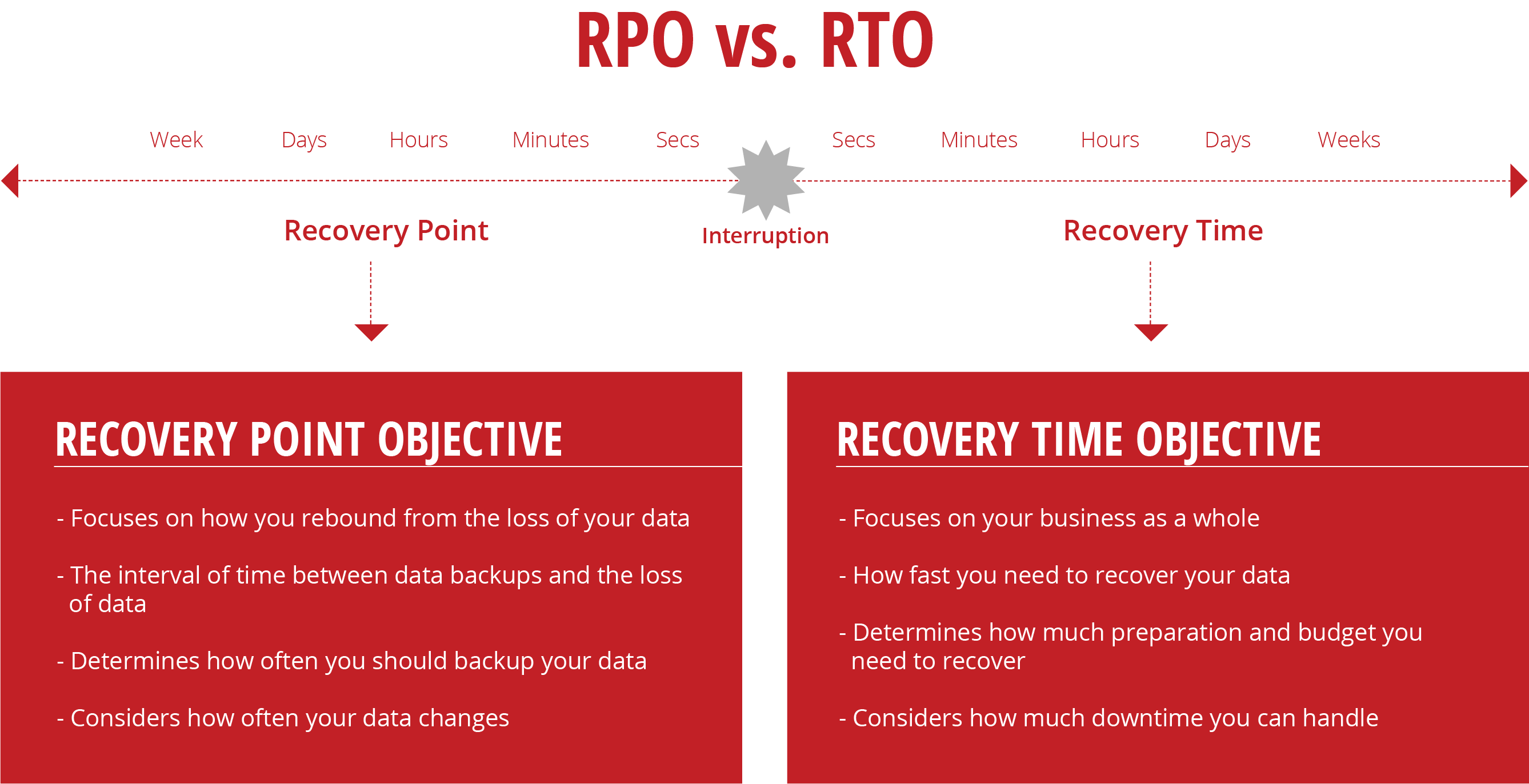
Why should you care?
During a disaster, the biggest concern for businesses is financial loss from downtime, re-allocation of resources and damage to your reputation. Defining your RPO and RTO will help you make decisions like where you should invest your resources before, during and after a disaster. Ask yourself questions like, how much data can I afford to lose? How frequently do I need backups? Should I be utilizing replication? RPO and RTO are an important part of your contingency plan and without defining them, your plan won’t be effective.
Improve your RPO & RTO through Whipcord
Replication is an affordable, fast and secure cloud based disaster recovery solution. It provides the most business continuity through the ability to recover servers on an individual or site-level and offers the best protection against equipment failure or a site-wide disaster.
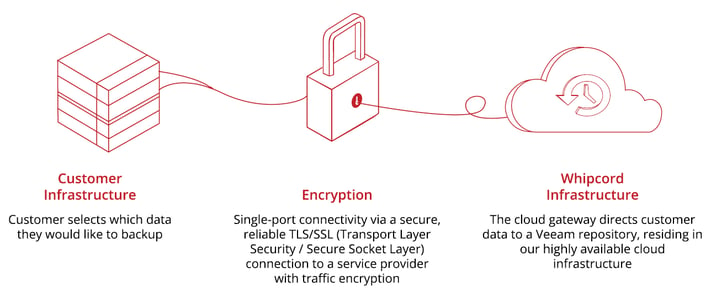
If a production VM goes down you can failover to a replica, giving users access to the services and applications they need with minimum disruption while the issue is being resolved and depending on the size of your business you could failback within 30 minutes. You can also customize your service based on your RPO by fully or partially failing back to the existing environment, new hardware, a new location or make Whipcord your production environment.

-1.png?width=1092&height=792&name=logo%20(1092x792)-1.png)
%20copy(black%20letters).png?width=1092&height=792&name=logo%20(1092x792)%20copy(black%20letters).png)
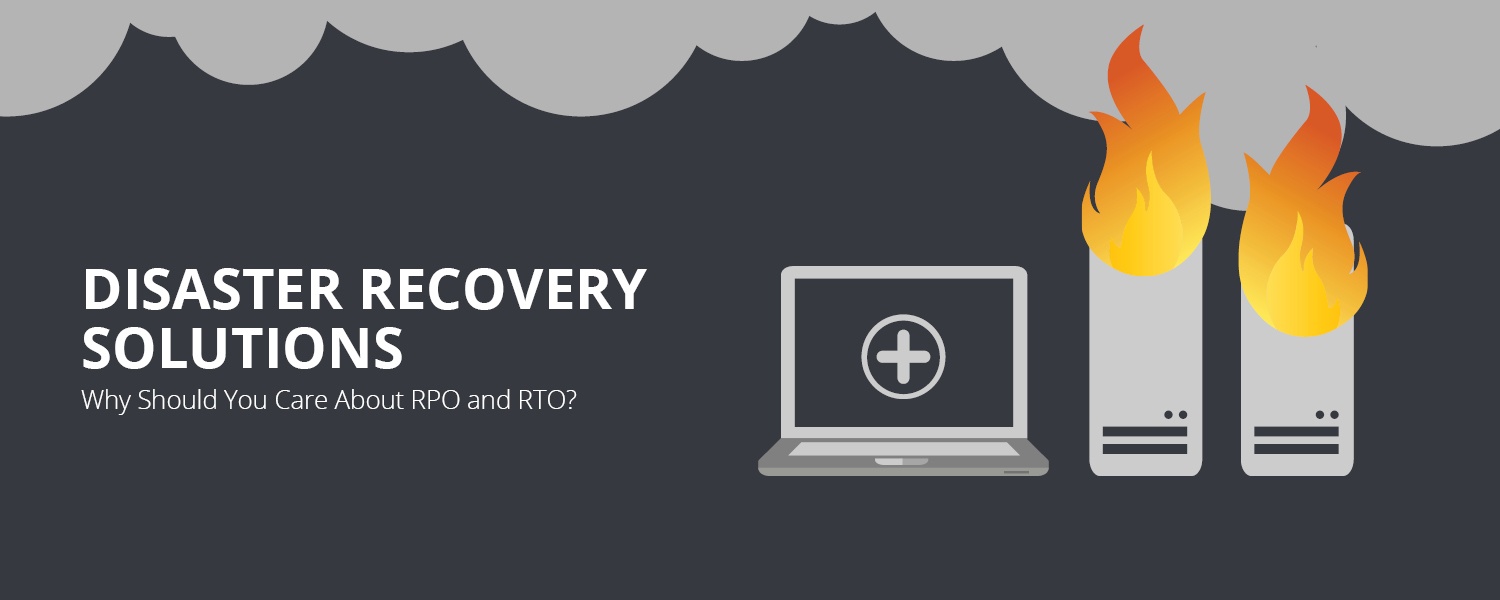

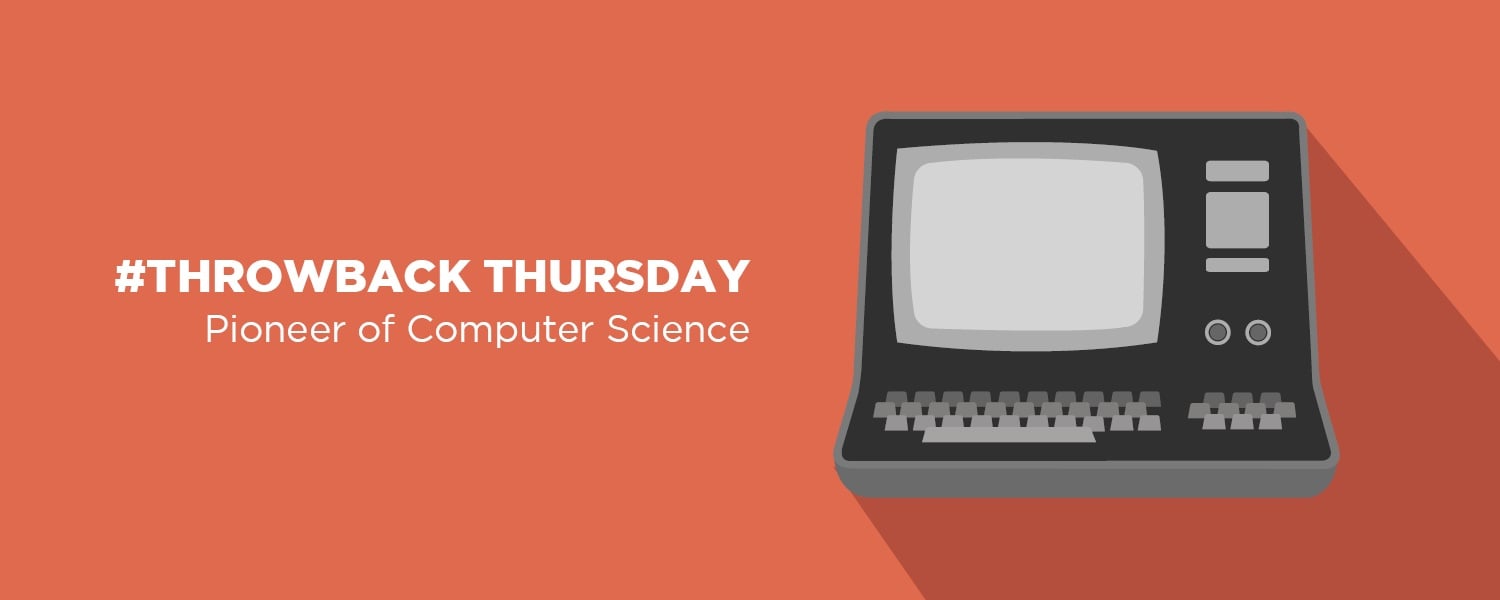
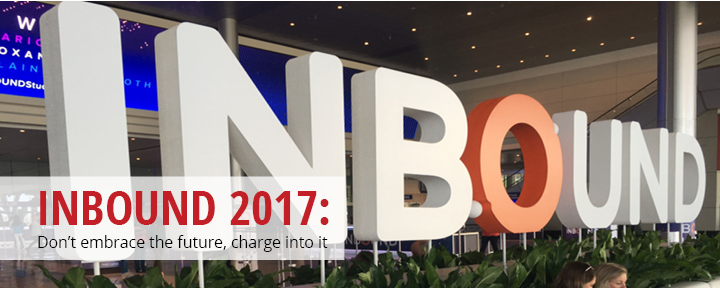
.png?width=100&height=91&name=white%20logo%20(100x91).png)